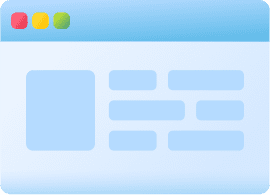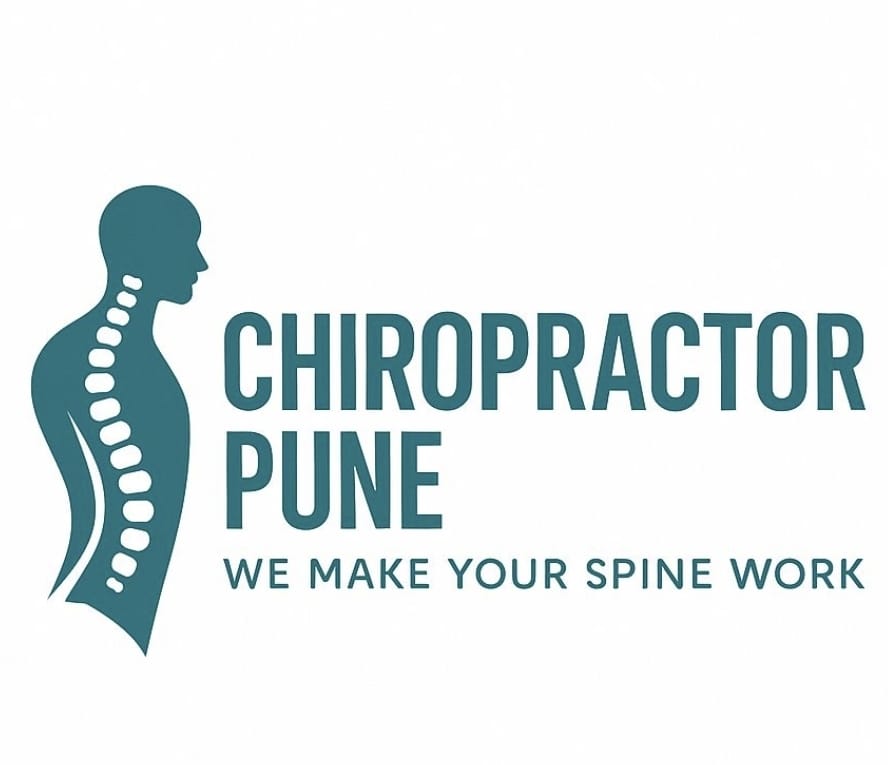+918042754950

This is your website preview.
Currently it only shows your basic business info. Start adding relevant business details such as description, images and products or services to gain your customers attention by using Boost 360 android app / iOS App / web portal.
Description
Physiotherapy is a proven line of treatment for neck and back pains. The aim of the treatments is to provide the patients with a good stability and a good posture. Neck and back pain are very common, often stemming from musculoskeletal issues like strains, overuse, or poor posture. Other factors can also contribute, including age-related wear and tear, injury, and even stress. In many cases, home care and lifestyle adjustments can provide relief, but persistent pain or a worsening situation should prompt a visit to a healthcare professional. Causes: Musculoskeletal Issues: Strains, sprains, muscle tension, or spasms can lead to neck and back pain. Overuse and Repetitive Motion: Activities like prolonged computer use or heavy lifting can strain the muscles and ligaments in the neck and back. Poor Posture: Leaning over or hunching can strain neck muscles, while poor posture while sitting or standing can put extra stress on the spine. Injury: Trauma, fractures, or ligament tears can cause sudden onset of pain. Age-Related Changes: Degeneration of discs and joints, such as osteoarthritis, can lead to chronic neck and back pain. Other Conditions: Conditions like spinal stenosis, herniated discs, or even arthritis can contribute to pain. Stress: Mental stress can cause muscle tension and stiffness, contributing to pain. Symptoms: Localized Pain: Aching, burning, or sharp pain in the neck and back. Radiating Pain: Pain that travels down the arms or legs, particularly if a nerve is pinched. Numbness or Tingling: Sensations of pins and needles, especially with nerve compression. Weakness: Difficulty moving the neck or back, or weakness in the arms or legs. Stiffness: Difficulty moving the neck or back, particularly in the morning. Headaches: Neck pain can sometimes refer to headaches. Home Care and Treatment: Rest: Allowing the body to recover from injury or strain. Heat or Cold Therapy: Alternating ice packs and heating pads can reduce pain and inflammation. Over-the-Counter Pain Relievers: Medications like acetaminophen or NSAIDs can help manage pain. Stretching: Gentle exercises to improve flexibility and relieve stiffness. Physical Therapy: A physical therapist can guide exercises and provide strategies to manage pain and improve movement. Posture Correction: Improving posture can reduce strain on the neck and back. Ergonomic Adjustments: Adjusting workstations and sleeping positions can reduce strain. When to Seek Medical Attention: Severe or Persistent Pain: Pain that doesn't improve with home care. Radiating Pain or Numbness: Pain that travels down the arms or legs, or numbness or tingling. Weakness: Difficulty moving the neck or back, or weakness in the arms or legs. Fever or Other Systemic Symptoms: Possible signs of infection or other underlying condition. Trauma or Injury: Especially if there's suspected fracture or other serious injury. Back and Neck Pain - Johns Hopkins Medicine What causes back and neck pain? Even with today's technology, the exact cause of back and neck pain is hard to find. In most cases... Johns Hopkins Medicine Neck Pain: 6 Common Causes and Treatments - Cleveland Clinic What are the possible causes of neck pain? * Aging: As you age, natural wear and tear can cause parts of your cervical spine to d... Cleveland Clinic Fixing Upper Back and Neck Pain - Healthline The reasons behind this discomfort vary, but they all come down to how we hold ourselves while standing, moving, and — most import... Healthline Show all

